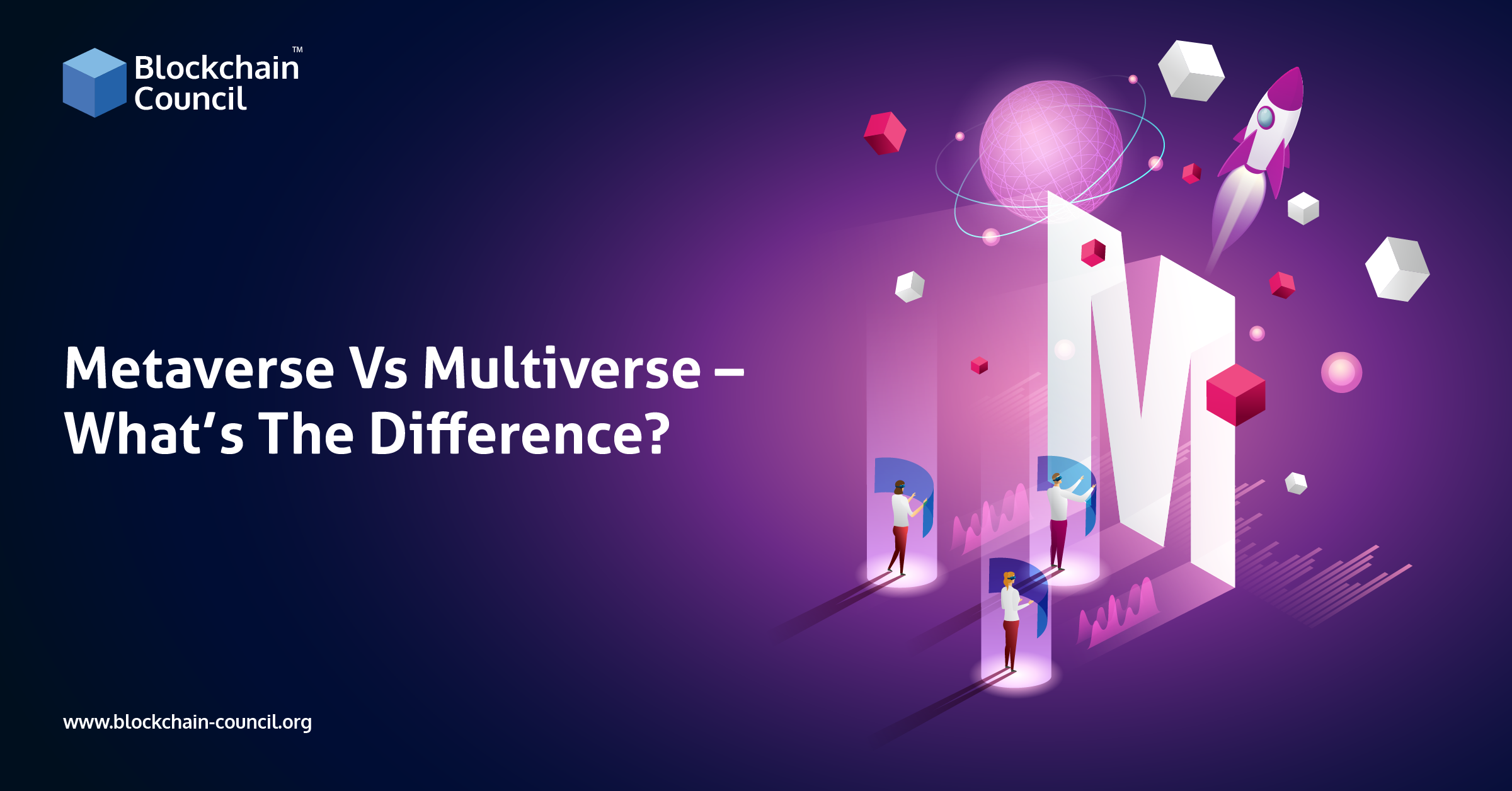
- Ayushi Abrol
- September 15, 2022
Our world is constantly changing as we see new and innovative technological developments every day. A few decades ago, global communication was difficult for us. And now, communication has been a lot easier since the internet’s inception. The concepts of metaverse and multiverse are now being introduced to us, and they have the potential to alter the way we communicate and access information.
Contemporary comic book films have depicted many conceptions of the multiverse. People are beginning to wonder the difference between the multiverse and the metaverse. Apparently, understanding disparities aids in the creation of a more accurate picture. We dug deep and sought out the underlying distinction between the two. So, let’s start.
Metaverse
Neal Stephenson introduced the term Metaverse in his 1993 science fiction novel, ‘Snow Crash.’ Metaverse is a virtual world where people can interact with digital objects. People must create their digital avatars to enter the Metaverse, which they control in the Metaverse. Many people refer to the Metaverse as the fancier successor to the internet. Essentially, the Metaverse is an expansive virtual world made up of persistent, 3D worlds rendered in real-time. An unlimited number of users can experience the Metaverse simultaneously, with each experiencing it in their own way. To simplify the concept even further, the Metaverse is a set of virtual spaces where people can interact with others who aren’t physically located near them. The users will be able to go for a walk, listen to music, play video games, visit NFT museums, and much more in this virtual space.
Decentralized Metaverses incorporate blockchain technology, such as NFTs, into their underlying technology and assets based on blockchain. Massive multiplayer online games have always existed in a Metaverse-like environment, but incorporating blockchain, smart contracts, NFTS, crypto, and VR into the sector has begun to demonstrate the value of assets, interactions, and experiences earned in the digital world.
Metaverses are receiving traction today as the leading social media giant, Facebook, changed its name to “Meta.” Facebook CEO Mark Zuckerberg has hailed the move as his company’s initiative for fostering a completely new digital environment within the metaverse. Facebook’s initiative served as a clarion call for many other organizations to experiment with the metaverse.
To put it simply, the metaverse is basically the first-ever digital reality. Essentially, the metaverse is a collection of virtual spaces where people can interact with each other and create new experiences. In the metaverse, you can play, shop, learn and work with your friends, as well as hang out with them. Therefore, a metaverse would be more than a way to spend time online.
Multiverse
In a multiverse, users can interact with each other. However, they can only perform one activity at a time. Virtual reality or augmented reality games, for instance, may be developed using artificial intelligence, VR, or AR. A 3D game like this gives you a sense of the world around you, but you can only play it through the platform. While playing Multiverse, you’ll be able to check the marketplace, but you won’t be able to visit a museum. Various tasks can be accomplished by switching between different virtual worlds in a multiverse. Within the framework of their ecosystems, game platforms, for example, are ideal virtual worlds, but they do not integrate with reality.
Additionally, these ecosystems are largely isolated, which limits their interconnectedness to other multiverse projects.
Multiverses seem quite appealing and are achievable, but they are still hypothetical. In string theory, which explains the smallest unit of matter, we can explain the basis for the multiverse. According to string theory, all particles are essentially a collection of smaller strings. There are multiple universes with distinct collections of rules, and each universe is distinct from the other, according to the theory. It is interesting to note that string theory cannot explain our universe without assuming that there are other universes that exist today.
What are the main differences between Multiverse and Metaverse?
Now that we have a general understanding of what a Metaverse and Multiverse are, let’s look at the characteristics that set them apart. In the future, we might have a related digital world called Metaverse, which is a budding concept. According to their needs, Metaverse users can transition seamlessly between different areas of the platform. There is an additional digital ecosystem called the Multiverse. Users aren’t able to switch seamlessly between digital worlds because of the different digital ecosystems within the Multiverse.
It is a widely held misconception that the Metaverse represents several ecosystems, as opposed to the Multiverse. As a result of Multiverse, a user is able to discover an infinite number of ecosystems that have no relationship with each other. Users can successfully transition between different video games, experiences, and occasions in the Metaverse, their digital home. Metaverse users can enter the Metaverse with their desktop or augmented reality devices like Google Glass and enjoy a unified experience. For a better understanding of the differences between the Metaverse and Multiverse, let’s examine the following key differences:
Metaverse Vs Multiverse |
||
Factors |
Metaverse |
Multiverse |
| Description | A digital shared environment provides services such as working, watching movies, playing sports, and visiting the library. | An imaginary collection of virtual worlds with different traits and features. |
| Ecosystems count | There is only one shared universe that allows users to move freely between different platforms of the Metaverse. | Within a hypothetical pool of virtual worlds, different ecosystems exist. |
| Connectivity | There is a specific order to the flow of information in the Metaverse. | There is no particular order for information flow in multiple universes, which are highly random. |
| Ownership | Digital assets and experiences can be owned by users in the Metaverse. | In the Multiverse, users cannot own assets in separate virtual worlds. |
| Entitles | Metaverse participants are inclusive of AI, robots, human avatars, and digital avatars. | Virtual worlds are the only entities that make up the Multiverse. |
In terms of various critical factors, let’s compare the multiverse and the metaverse. Additionally, you can gain a better understanding of both concepts by looking at the basic differences between them.
Ecosystems Count
According to a common misconception, both metaverses and multiverses have multiple ecosystems. It is necessary to take a step back and carefully review both concepts in order to determine which one is correct. There are infinite ecosystems in the multiverse, which are not interconnected.
Instead, the metaverse allows you to easily switch between different experiences, games, and events. By using your PC or augmented reality device, such as Google Glass, you can enter the metaverse easily.
Therefore, the comparison between multiverse and metaverse clearly demonstrates that the multiverse includes multiple ecosystems that are distributed separately.
The metaverse offers a single ecosystem as opposed to the hypothetical collection of multiple virtual worlds. With the metaverse, you can create assets, play games, or watch movies with your friends and transfer your experiences across platforms within the same universe.
Connectivity
A second important difference between metaverses and multiverses is that their components are connected in some way. There exists both order and randomness in both the multiverse and the metaverse, as evidenced by their connection.
There is little specific order in the multiverse since the universes remain separate from each other. In a multiverse, there are different virtual worlds that have different characteristics and never connect. So, the multiverse is likely to be filled with a lot of randomness.
The metaverse, on the other hand, provides a formidable boost to order because it combines the facility of a single universe. It was obvious that there was a difference between the metaverse and the multiverse in the connections between the components. In some sense, the whole metaverse is interconnected and information flows through it in a certain order.
Ownership
If we were to examine the possible differences between multiverses and metaverses, ownership would certainly enter the picture. Multiverses are made up of multiple virtual worlds that differ from one another. Usually, these worlds are contained within online games owned by single entities.
You own your data, assets, and experiences as a result of the game development company. In the multiverse, you can acquire or create new assets, but you cannot extract desired value from them. As an example, you couldn’t use the in-game collectibles from one game to purchase supplies in another.
When comparing the metaverse to the multiverse, the metaverse presents a more favorable perspective. The user has full ownership and control over their assets. Metaverse participants’ virtual identities are associated with their real identities through NFT avatars, for example. Additionally, participants get full ownership of the NFTs or assets they create in the metaverse. Participants of the metaverse were also able to transact on other platforms without any problems.
Entities
Another striking difference between the multiverse and metaverse has to do with the elements they contain. It is highly unlikely that you would find individual components building the universe if you think of the multiverse. There are many virtual worlds within the multiverse, each with unique traits, features, and elements. There is therefore no clear way to determine which components of the multiverse actually contribute to its strength. There are simply different virtual worlds that make up the multiverse.
A metaverse, on the other hand, showcases different entities with unique abilities, which is the other side of the debate between multiverse and metaverse. Humans, robots, artificial intelligence, and many others make up the entities or components of the metaverse. There is a distinct role for each of these entities in the metaverse, which makes the experience more engaging.
Do Metaverses and Multiverses really diverge?
When we clearly understand the differences between Metaverse and Multiverse, the typical difference is that Multiverse is viewed as a collection of multiple virtual worlds. Contrary to this, the Metaverse is seen as a shared common place where all digital actions may take place. Can the Metaverse truly be a single universe?
The Metaverse, as envisioned by Mark Zuckerberg, may be designed to be a unified metaverse, but the point is that a centralized metaverse will end up being a centralized metaverse; a unified metaverse envisioned through a unified platform will probably have a unified central controlling force. These are not the goals of the owners of Blockchain and Web 3.0. Their goal is to create a decentralized Metaverse that is completely transparent and permissionless.
One way of thinking about the Metaverse is as a centralized system. The Metaverse, however, must be decentralized in order to work for everyone. But one universe or decentralized Metaverse cannot support all the multiple projects currently in development or that may be in the future. Where do we go from here?
Multiverse development is necessary for integrating multiple decentralized metaverse projects into a unified experience. Democracies, decentralization, and unified experiences are hallmarks of the multiverse approach.
Hence, multiverse refers to the creation of decentralized metaverse projects that combine to create the concept of a unified, decentralized metaverse.
Conclusion
Taking a look at the highlights of the comparison between metaverse and multiverse, it is clear that they are quite different. Basically, the metaverse is a concept that lays the groundwork for a connected virtual world in the future. The multiverse, on the other hand, provides the potential for multiple digital ecosystems.
In comparisons of metaverse vs multiverse, the metaverse comes out on top due to its unified user interface. What will happen when the metaverse expands even further? Metaverses are still in the process of development, which is the answer to the question. Contrary to popular belief, the multiverse already has a large number of functional virtual worlds that are relevant to real-world tasks.
There are virtual work environments, social environments, and gaming environments within the multiverse, for example. Therefore, it might still be too early to determine whether the multiverse or the metaverse is better.

































































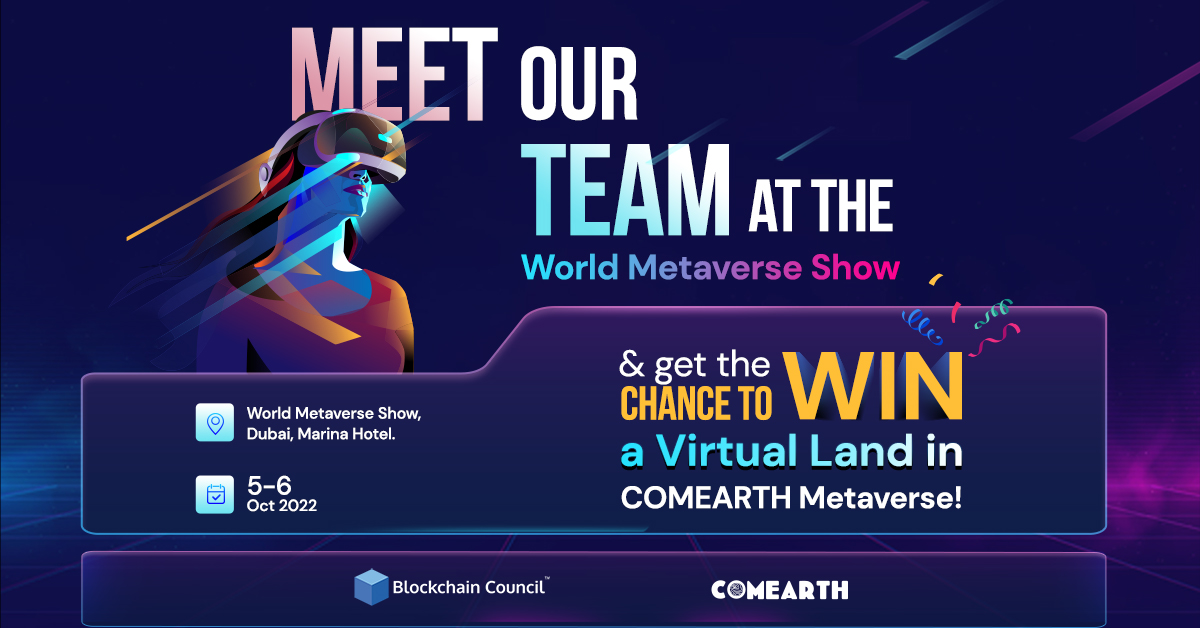
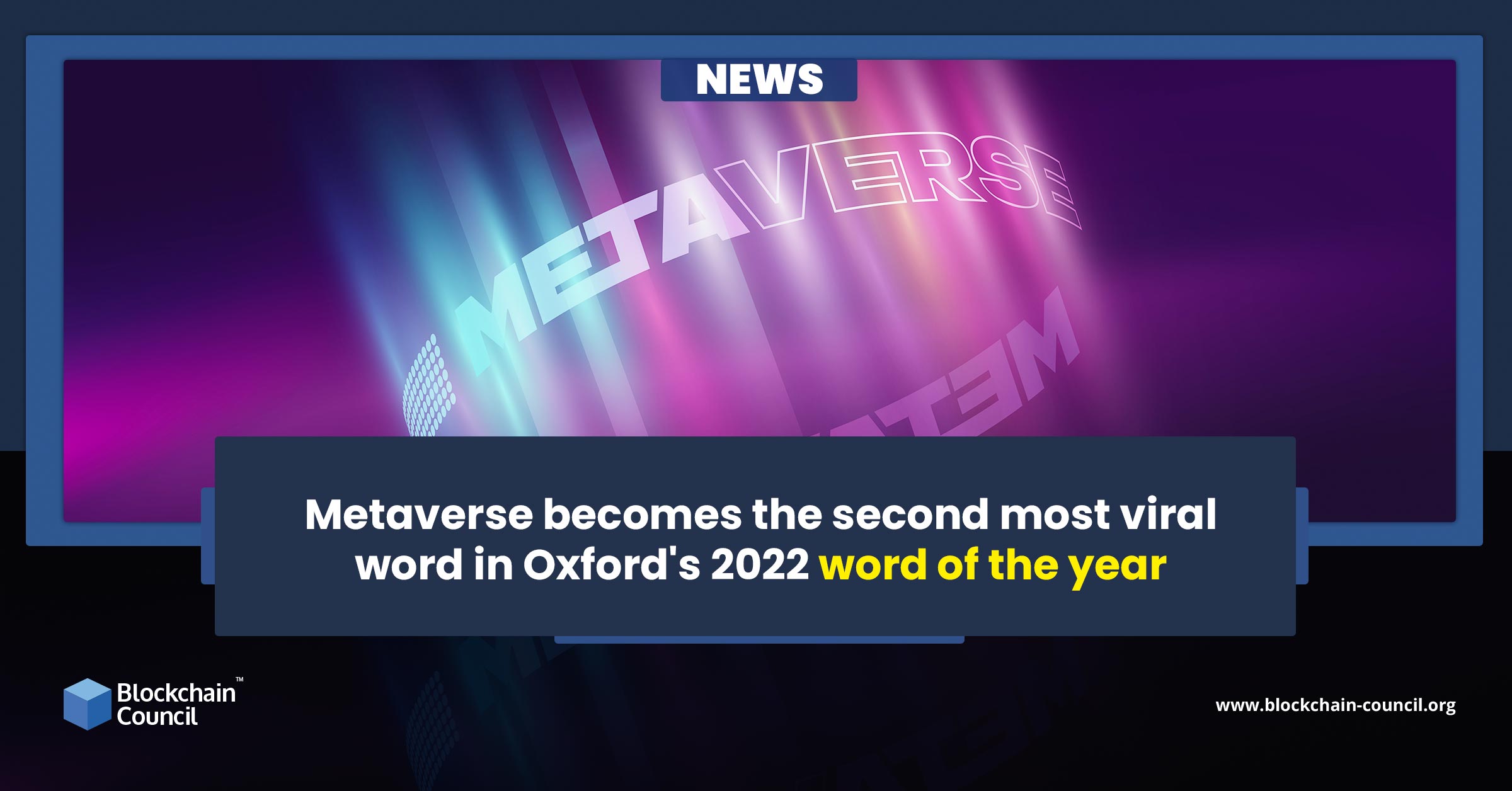
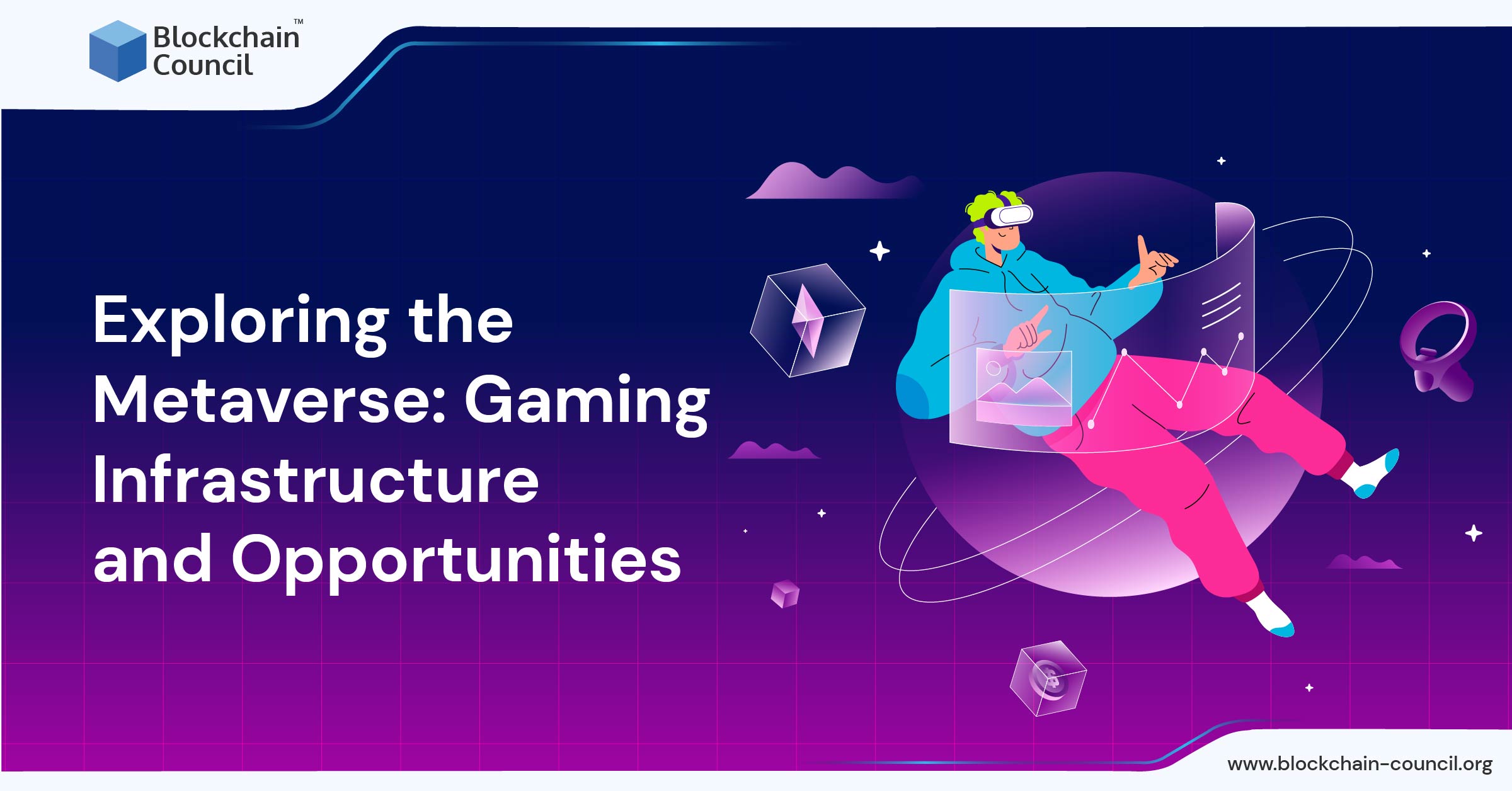
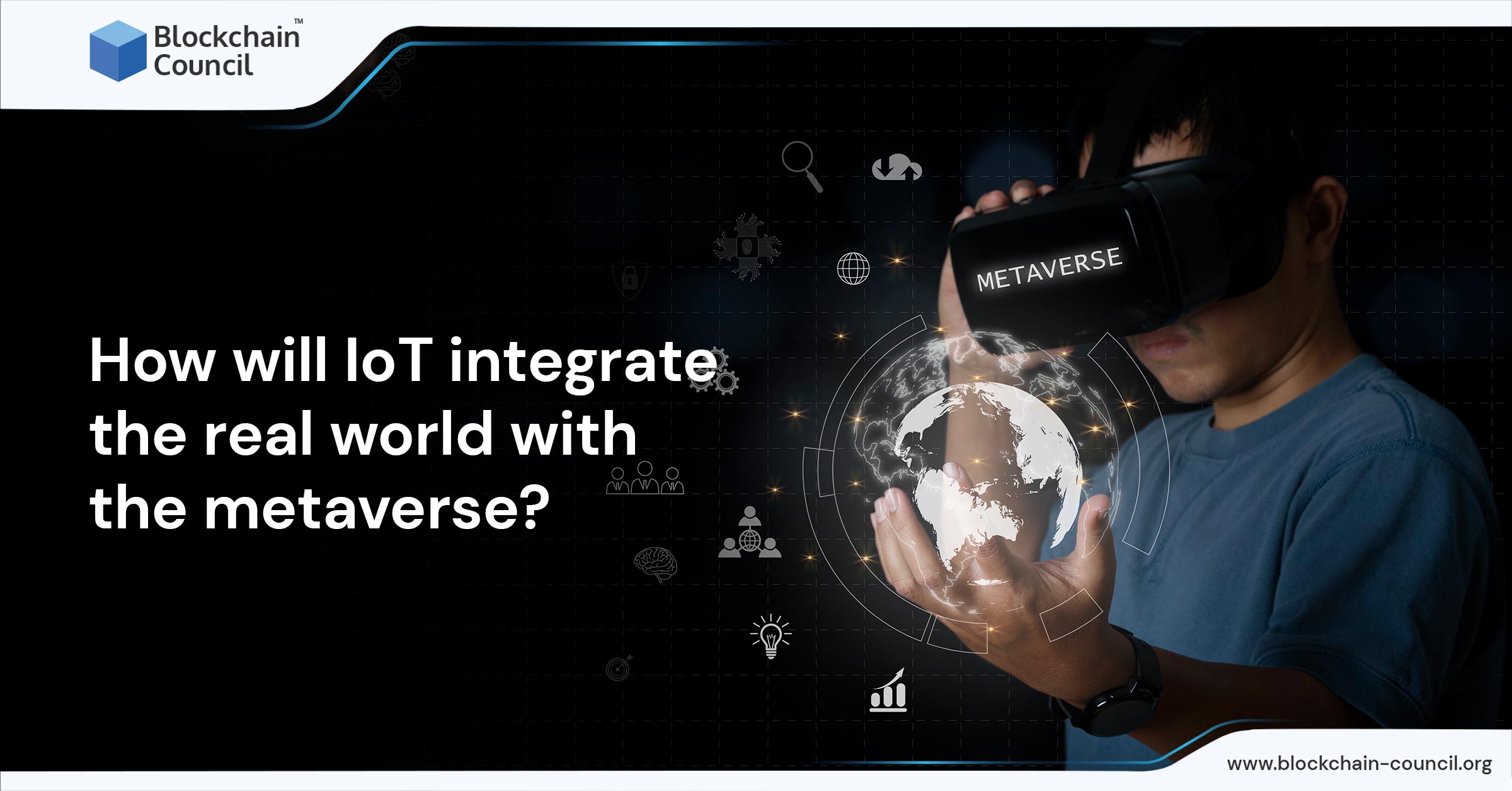
 Guides
Guides News
News Blockchain
Blockchain Cryptocurrency
& Digital Assets
Cryptocurrency
& Digital Assets Web3
Web3 Metaverse & NFTs
Metaverse & NFTs
